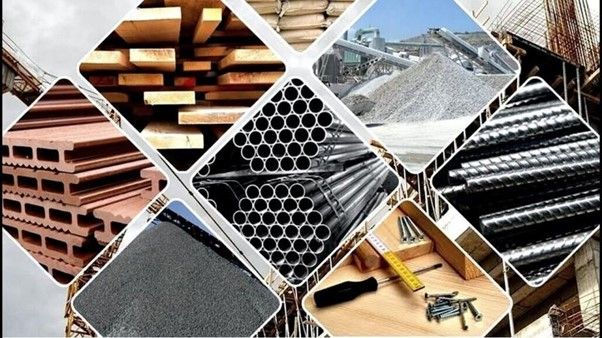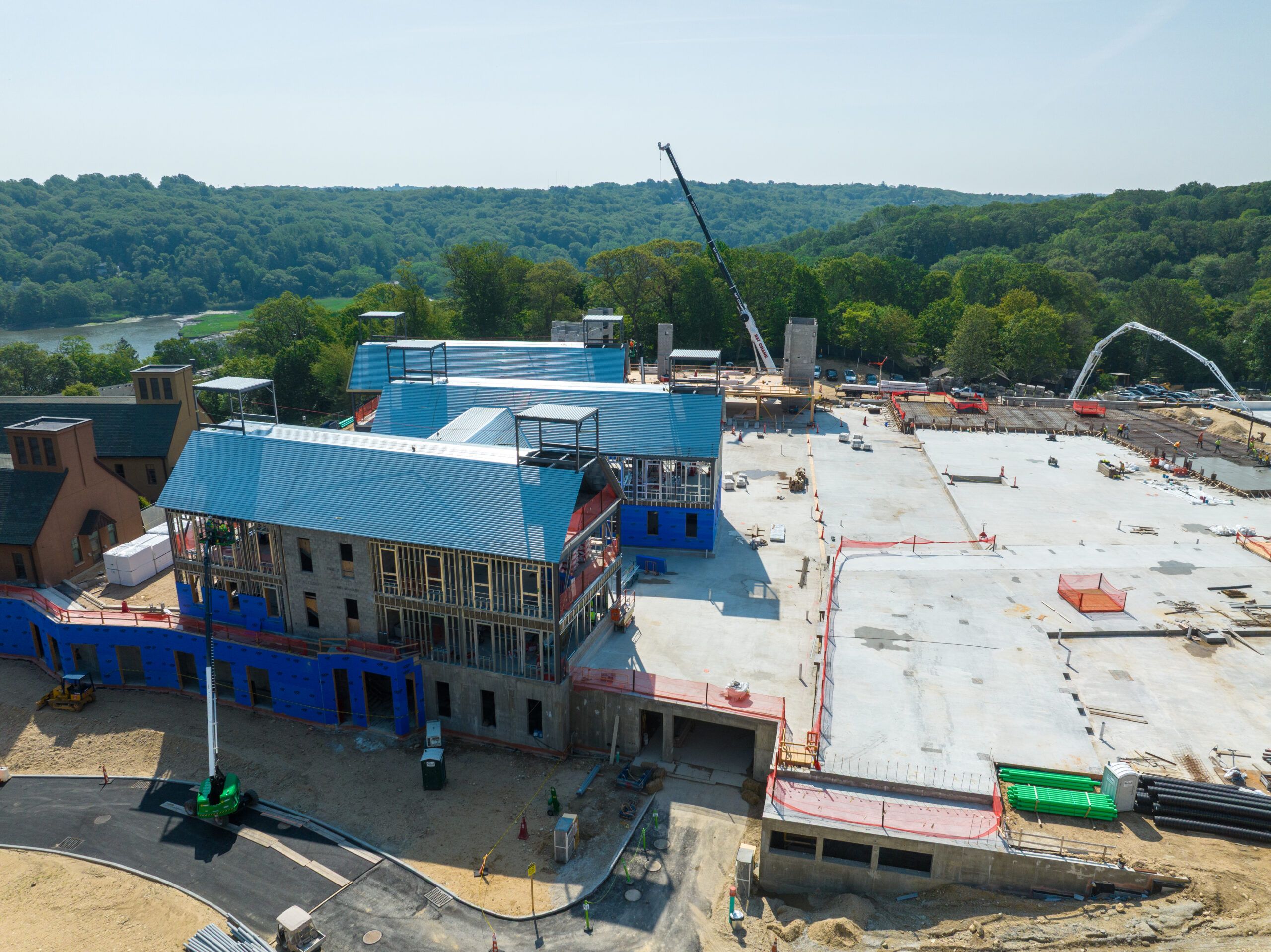According to DataIntelo, the global advanced construction materials market size was valued at approximately USD 50 billion in 2023 and is expected to grow to nearly USD 95 billion by 2032, registering a CAGR of about 7.5% during the forecast period. This significant growth is driven by various factors including increasing urbanization, technological advancements in material sciences, and the growing demand for sustainable and energy-efficient construction solutions.
Key Growth Drivers of the Market
- Urbanization and Infrastructure Development
With urban populations swelling globally, the pressure on infrastructure systems has intensified. Emerging economies in Asia-Pacific, Latin America, and Africa are investing heavily in new residential, commercial, and industrial constructions. This has boosted the demand for materials that offer enhanced durability, speed of construction, and cost-effectiveness—qualities that advanced materials inherently provide.
- Sustainability and Energy Efficiency
Green buildings are becoming the norm rather than the exception. Advanced construction materials such as high-performance concrete, self-healing materials, aerogels, and phase-change materials contribute significantly to reducing energy consumption, lowering carbon footprints, and enhancing building longevity. Regulatory frameworks and green certification standards (like LEED and BREEAM) further encourage the adoption of eco-friendly building practices.
- Technological Advancements in Material Science
Breakthroughs in nanotechnology, composite materials, and smart materials are redefining the construction landscape. Innovations such as carbon fiber-reinforced polymers, 3D-printable concrete, and transparent aluminum are expanding the boundaries of architectural design and structural integrity.
Challenges and Opportunities
Despite its promising outlook, the market faces hurdles such as:
- High initial costs of advanced materials
- Lack of skilled labor and awareness in developing regions
- Compatibility issues with traditional construction methods
However, these challenges are countered by immense opportunities in:
- Retrofitting aging infrastructure with advanced materials
- Integration with digital construction tools like BIM and AI
- Public-private partnerships to fund large-scale sustainable projects
Outlook and Future Trends
The future of the advanced construction materials market lies in digital integration, sustainability, and adaptability. The convergence of materials science with technologies like AI, IoT, and robotics is expected to revolutionize how buildings are designed, constructed, and maintained. Furthermore, as the world moves toward net-zero carbon targets, advanced materials will be at the forefront of decarbonizing the construction sector.
Competitive Landscape
Major companies in the advanced construction materials market are
- LafargeHolcim
- BASF SE
- DuPont de Nemours, Inc.
- Sika AG
- 3M Company
- CEMEX S.A.B. de C.V.
- Saint-Gobain S.A.
- RPM International Inc.
- GCP Applied Technologies Inc.
- Fosroc International Limited
- Mapei S.p.A.
- Boral Limited
Source: https://dataintelo.com/report/advanced-construction-materials-market
Feature Image Courtesy of: Dataintelo












